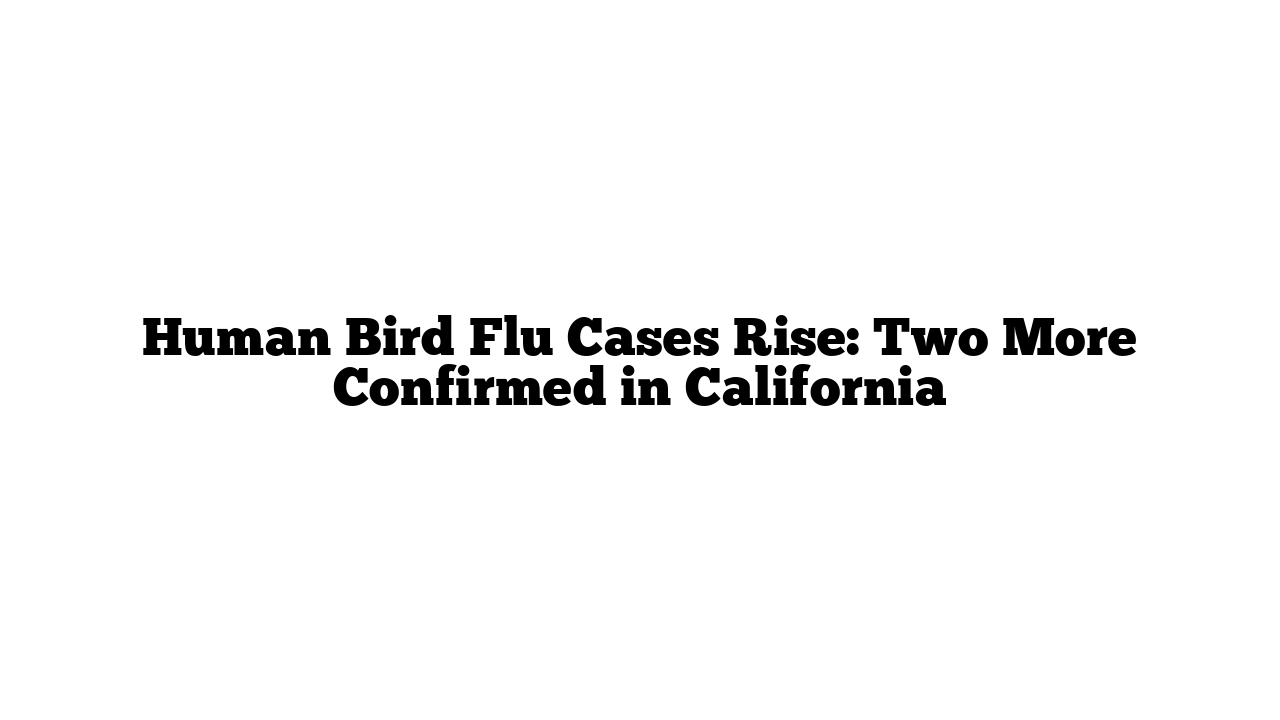Health officials confirmed two new cases of H5N1 bird flu among dairy farm workers in California. This brings the total infected workers in the state to six, with 20 human cases nationwide this year.
Out of the 20 cases, 10 were linked to infected poultry, 9 were connected to infected dairy cows, and one case in Missouri involved no direct animal contact, according to the U.S. Centers for Disease Control and Prevention (CDC).
In California, all six cases resulted from animal-to-human transmission.
Mild Symptoms in Affected Workers
So far, the infected workers have shown only mild symptoms, such as eye redness or conjunctivitis. None required hospitalization.
The CDC emphasized that the risk to the general public remains low. However, individuals who work closely with infected animals have a higher chance of getting infected.
Virus Sequencing and Monitoring
Genetic sequencing of virus samples from California cases indicates they are closely related to those found in dairy cattle. The CDC also noted that there have been no changes in the virus that would suggest it can spread more easily between people or resist antiviral treatment.
Ongoing Health Monitoring in California
The California Department of Public Health is collaborating with local health departments to monitor and test individuals exposed to the virus. So far, all six cases have occurred in farm workers who had direct contact with infected cattle.
Health officials anticipate more cases as they continue to monitor those in close contact with dairy cattle.
Preventative Measures
To prevent further spread, California has received 5,000 additional doses of the seasonal flu vaccine from the CDC. This is aimed at farm workers to reduce the risk of co-infection with both bird flu and seasonal flu, which could increase the chances of the virus mutating and becoming more transmissible among humans.
According to the U.S. Department of Agriculture, 298 dairy herds in 14 states have confirmed H5 bird flu infections in cattle.
Key Takeaway
While bird flu remains a concern for those in close contact with infected animals, health officials maintain that the general public is at low risk. Monitoring and preventive efforts are ongoing.
For more information, visit the CDC website here.
